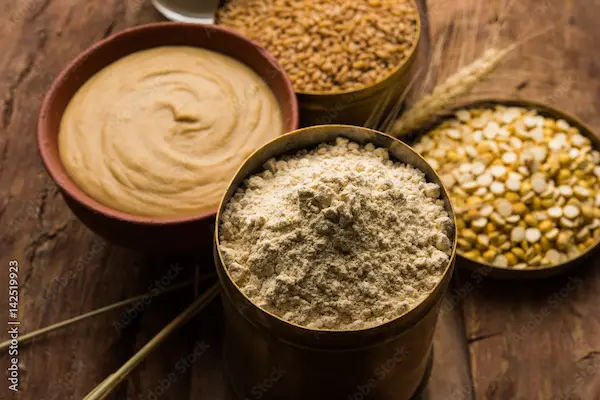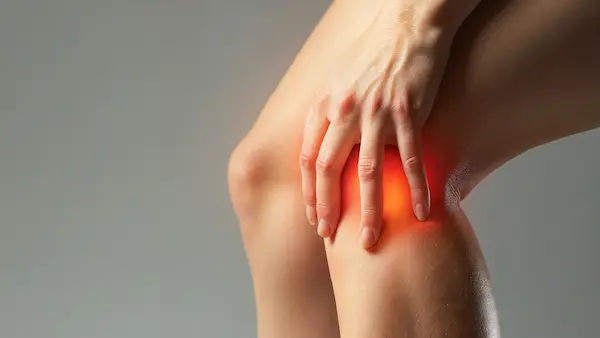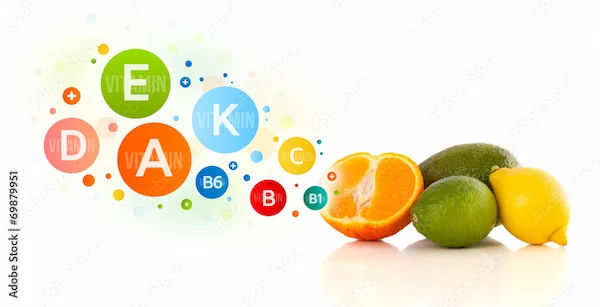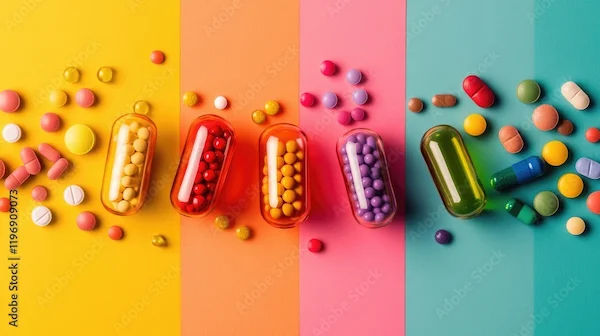Ultimate Guide to Preventing Waterborne Diseases
Learn how to protect yourself and your family from waterborne diseases with practical prevention tips, hygiene practices, and safe water habits.

Written by Dr. Rohinipriyanka Pondugula
Reviewed by Dr. Vasanthasree Nair MBBS
Last updated on 29th Sep, 2025
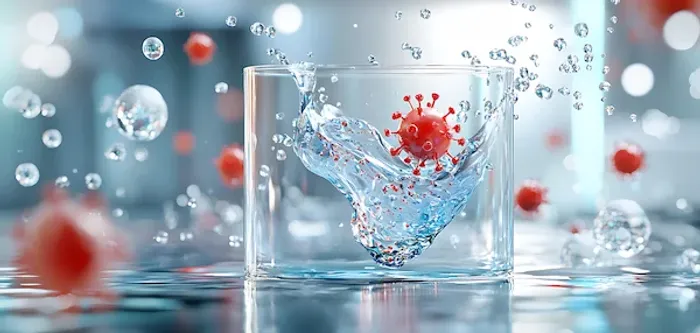
Introduction
Water is the essence of life, but when contaminated, it can become a silent carrier of serious illnesses. Waterborne diseases are a significant global health concern, affecting millions every year, particularly in areas with inadequate sanitation. These diseases are caused by pathogenic microorganisms bacteria, viruses, and parasites that thrive in unclean water. The good news is that most of these illnesses are highly preventable with the right knowledge and practices. This comprehensive guide will empower you with essential information on the common types of waterborne diseases, their symptoms, and, most importantly, a multi-layered approach to prevention. From simple habits at home to community-wide measures, we will cover everything you need to know to protect yourself and your loved ones from the threat of water-borne diseases. Understanding prevention is the first step towards ensuring your water is a source of health, not harm.
What Are Waterborne Diseases? The Hidden Threat in Contaminated Water
Waterborne diseases are illnesses caused by ingesting or coming into contact with water contaminated by human or animal faeces, which contains harmful pathogens. These diseases are a leading cause of mortality and morbidity worldwide, especially among children. The chain of infection is simple: a pathogen leaves an infected host through faeces, contaminates a water source, and is ingested by a new person. This is why the quality of water and sanitation systems is directly linked to public health.
How Do Pathogens Contaminate Water Sources?
Contamination can occur at multiple points. The most common cause is the inadequate separation of drinking water from sewage due to broken pipes, flooding, or poor infrastructure. Agricultural runoff, containing manure from livestock, can also seep into groundwater or rivers. In developing regions, open defecation near water bodies is a major contributor. Even in cities with modern treatment plants, heavy rains can cause overflows, leading to temporary contamination. Understanding these causes of water contamination is crucial for implementing effective barriers.
Common Waterborne Diseases and Their Impact
Knowing the enemy is half the battle. Different pathogens cause different symptoms, ranging from mild gastrointestinal distress to life-threatening dehydration.
Diarrhoeal Diseases: Cholera, E. coli, Rotavirus
This is the most common category. Caused by various bacteria and viruses, these diseases lead to rapid fluid loss. Cholera, caused by the Vibrio cholerae bacterium, can cause severe watery diarrhoea that can lead to death within hours if untreated. According to the WHO, there are 1.3 to 4 million cases of cholera each year. Prevention focuses squarely on water safety and hygiene.
Typhoid Fever: A Serious Bacterial Infection
Caused by Salmonella Typhi, typhoid is spread through food or water contaminated by an infected person's faeces. Symptoms include high fever, weakness, stomach pain, and headache. It is a significant problem in areas with poor sanitation. Vaccination is available for travellers to high-risk areas.
Hepatitis A: A Viral Assault on the Liver
The Hepatitis A virus (HAV) attacks the liver, causing symptoms like jaundice (yellowing of the skin and eyes), fatigue, and abdominal pain. It is highly contagious and spreads through the fecal-oral route. Unlike Hepatitis B or C, it does not cause chronic liver disease, and a safe vaccination for hepatitis A is an excellent preventive measure.
Parasitic Infections: Giardiasis and Amoebiasis
These are caused by parasites like Giardia lamblia and Entamoeba histolytica. They often form cysts that are resistant to chlorine, making filtration important. Symptoms include prolonged diarrhoea, gas, and stomach cramps. Giardiasis, often called "beaver fever," is common among hikers who drink from untreated streams.
Health topic carousel:
Doctor's speciality: General Physician
Text: Consult a General Physician for the best advice
The First Line of Defence: Personal and Household Prevention Strategies
This is the most actionable section for individuals. A layered approach is best.
Ensuring Safe Drinking Water at Home
If you have any doubt about your tap water safety, take control. How to purify water at home is a critical skill.
Boiling: The Gold Standard
Boiling water is the most reliable method to kill all pathogens. Bringing water to a rolling boil for at least one minute (or three minutes at higher altitudes) is sufficient to make it safe for drinking. This is especially important during boil-water advisories issued by local authorities.
Filtration Systems: Choosing the Right One
Water filters are convenient. However, not all filters are equal. Look for filters certified to remove parasites (like Giardia and Cryptosporidium), bacteria, and, if possible, viruses. "Absolute 1-micron" filters are effective against parasites, but you may need additional chemical treatment for viruses. Reverse Osmosis (RO) systems are highly effective against a broad spectrum of contaminants.
Chemical Disinfection: Chlorine and Iodine
For emergency situations or while camping, chemical disinfectants like chlorine drops or tablets are portable and effective against most viruses and bacteria. Iodine can also be used but is not recommended for pregnant women or people with thyroid issues for long periods. Always follow the product instructions for contact time.
The Power of Hygiene: Handwashing and Sanitation
Safe water is useless if hands are contaminated. Proper handwashing with soap and water after using the toilet, changing diapers, and before handling food is non-negotiable. This simple act breaks the fecal-oral route of transmission. Ensure toilets are connected to proper septic or sewer systems to prevent groundwater contamination.
Prevention in the Community: The Bigger Picture
Individual efforts must be supported by robust public health sanitation systems. This includes:
Municipal Water Treatment: Modern plants use coagulation, filtration, and disinfection (typically with chlorine) to provide safe public water.
Proper Sewage Management: Preventing raw sewage from entering the environment.
Public Education: Campaigns on hygiene and the importance of vaccination.
Regulation and Monitoring: Regular testing of public water supplies for safety.
Community advocacy for clean water infrastructure is a powerful form of prevention that protects everyone.
Special Scenarios: Travel and Emergency Preparedness
When it comes to staying healthy, certain situations require extra caution.
Traveller's Guide to Safe Water
When traveling to regions with different sanitation standards, follow the mantra: "Boil it, cook it, peel it, or forget it." Rely on bottled water from sealed containers or purified water. Avoid ice cubes, raw salads, and unpasteurised milk. Using a portable water filter or disinfectant can provide an extra layer of safety.
Preventing Waterborne Illness After Natural Disasters
Floods and hurricanes can devastate water infrastructure. Listen for public health advisories. If in doubt, boil your water. Have an emergency kit ready with the best water filter for bacteria and viruses or chemical disinfectants. Storing a supply of clean water (one gallon per person per day) is a wise precaution.
Conclusion
Preventing waterborne diseases is an achievable goal that rests on a foundation of knowledge, vigilance, and consistent action. By understanding the risks and implementing the strategies outlined in this guide, from simple water purification methods at home to advocating for better community sanitation, you can significantly reduce your risk of infection. Remember, prevention is always better and simpler than cure. Safe water is not a luxury; it is a fundamental pillar of health. Empower yourself with these practices, share this knowledge with your family, and contribute to a healthier community. If you or a family member experience severe symptoms like persistent vomiting, high fever, or signs of dehydration, it is crucial to seek professional medical advice. If symptoms like severe diarrhoea persist beyond 24 hours, consult a doctor online with Apollo24|7 for prompt evaluation and guidance.
Frequently Asked Questions (FAQs)
Below are the FAQs:
1. What are the first signs of a waterborne disease?
A. The most common early symptoms are gastrointestinal, including stomach cramps, nausea, diarrhoea, and vomiting. Fever and fatigue may also be present. The onset can range from a few hours to several days after exposure.
2. How long does it take to get sick from contaminated water?
A. It depends on the pathogen. For bacteria like E. coli or Campylobacter, symptoms can appear within 2-10 days. For viruses like Norovirus, it can be as short as 12-48 hours. Parasitic infections like Giardiasis may take 1-3 weeks to show symptoms.
3. Does a water filter remove all bacteria and viruses?
A. Not necessarily. Standard pitcher filters (e.g., carbon filters) primarily improve taste and odor and remove some chemicals but do not remove all microbes. You need a filter specifically certified for microbial purification (look for NSF/ANSI standards 53 or 58) or a reverse osmosis system for comprehensive protection.
4. Is bottled water always safe?
A. In most cases, commercially bottled water from reputable brands is safe. However, in some regions, bottles may be refilled with tap water. Always check that the seal is intact. During local outbreaks, bottled water is a reliable choice.
5. What is the simplest method to purify water in an emergency?
A. Boiling is the simplest and most effective emergency method. If boiling isn't possible, use chemical disinfection tablets (chlorine dioxide) following the instructions carefully. A combination of filtration and chemical treatment provides the best assurance.
Health topic carousel:
Doctor's speciality: General Physician
Text: Consult a General Physician for the best advice

